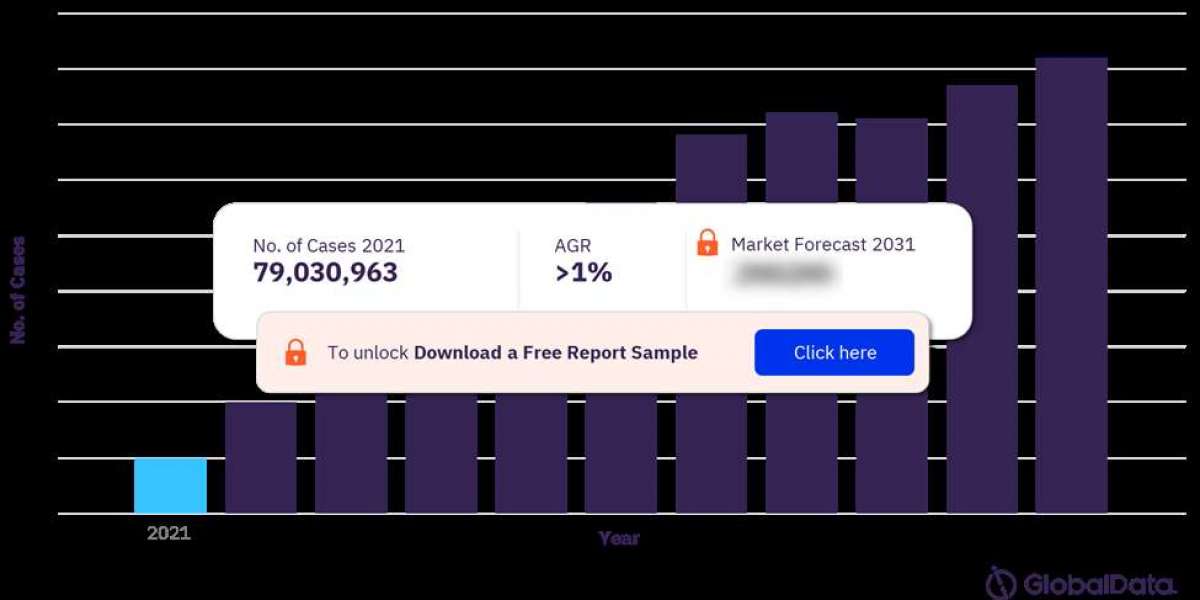Age-related macular degeneration (AMD) Epidemiology Analysis is a leading cause of vision loss in adults over 50, significantly impacting quality of life and healthcare systems worldwide. This chronic eye disease affects the macula, leading to blurred or complete central vision loss. Epidemiology studies on AMD provide critical insights into its prevalence, risk factors, and demographic trends, informing prevention and treatment strategies.

For more insights into the AMD Epidemiology market forecast, download a free report sample
Overview of Age-Related Macular Degeneration
AMD is broadly classified into:
- Dry AMD (Non-Exudative): Characterized by gradual macular thinning and drusen (yellow deposits). It accounts for about 85–90% of AMD cases.
- Wet AMD (Exudative): A less common but more severe form involving abnormal blood vessel growth under the retina, leading to rapid vision loss.
Epidemiology Insights
Global Prevalence
- AMD affects 196 million people worldwide as of 2024 and is projected to increase to 288 million by 2040 due to aging populations.
- The disease predominantly impacts individuals over 50 years, with prevalence rising sharply in those above 70 years.
Regional Distribution
- North America and Europe: Highest prevalence due to aging demographics and advanced healthcare reporting.
- Asia-Pacific: A significant burden due to large populations and increasing life expectancy.
- Africa: Lower reported prevalence, potentially due to underdiagnosis and limited healthcare infrastructure.
Gender Disparities
- Women are more frequently affected than men, partly due to longer life expectancy and hormonal differences.
Ethnic and Racial Variations
- Caucasians exhibit a higher risk for AMD, particularly wet AMD, compared to African and Asian populations.
Risk Factors for AMD
Age
- The primary risk factor, with incidence rates increasing significantly after age 50.
Genetics
- Variants in genes like CFH and ARMS2 are strongly associated with AMD.
Lifestyle Factors
- Smoking: Doubles the risk of developing AMD.
- Diet: Poor intake of antioxidants and high-fat diets contribute to risk.
Comorbidities
- Cardiovascular diseases, obesity, and hypertension increase susceptibility.
Environmental Factors
- Prolonged exposure to ultraviolet (UV) light and pollution exacerbates the condition.
Trends in AMD Epidemiology
Rising Prevalence in Aging Populations
- Developed countries with aging demographics are experiencing higher AMD rates.
Improved Diagnostic Technologies
- Advanced imaging techniques like optical coherence tomography (OCT) improve early detection and reporting.
Lifestyle Changes
- Increased smoking cessation and healthier diets may mitigate AMD incidence in some regions.
Global Disparities in Access to Care
- In low-income regions, limited access to ophthalmologic services leads to underreporting and undiagnosed cases.







